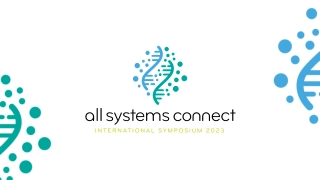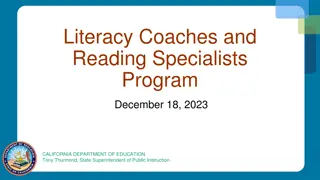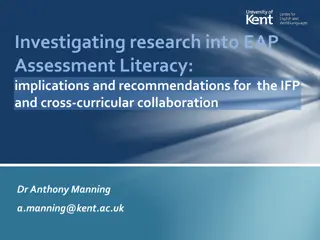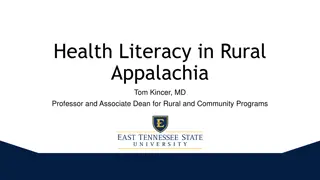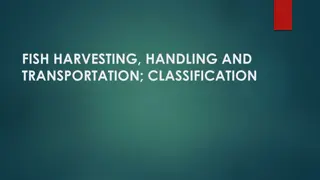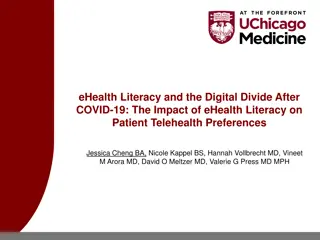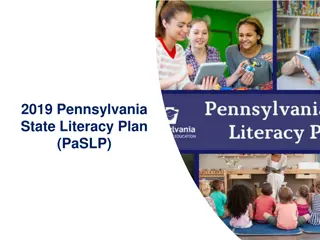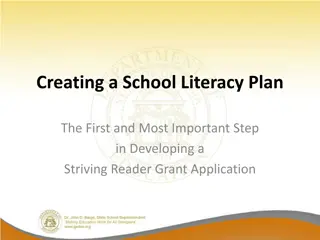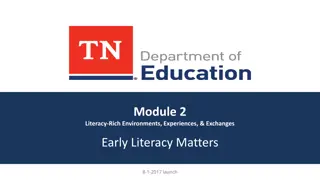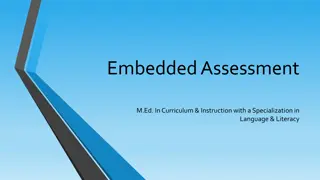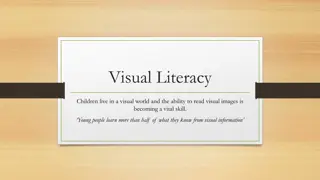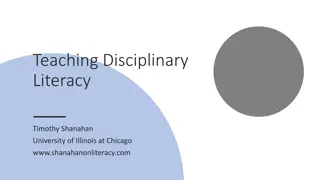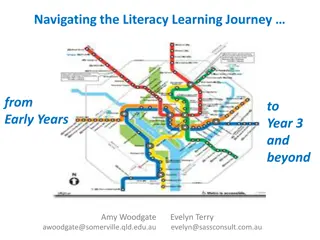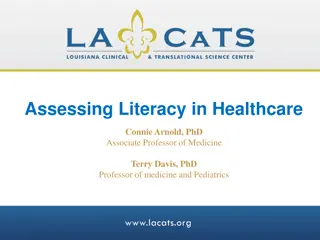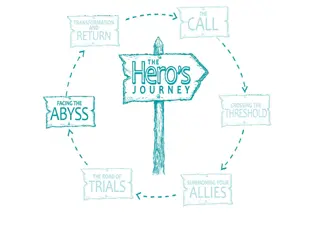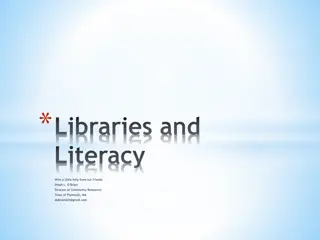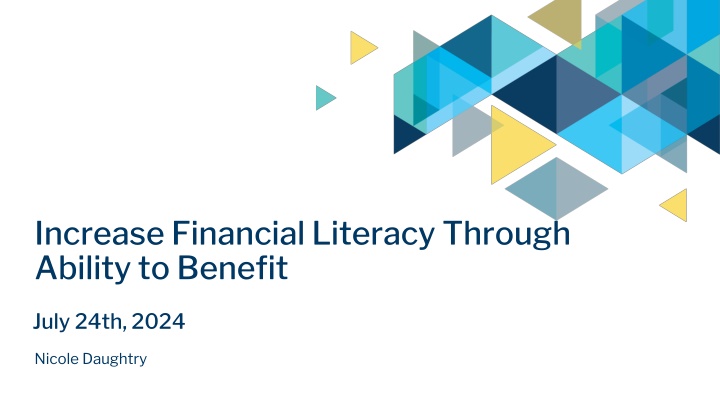
Increase Financial Literacy Through Ability to Benefit Program
Learn about the Ability to Benefit (ATB) program, designed to help students without high school diplomas access financial aid for postsecondary education. Discover the criteria, qualification methods, and opportunities in Washington state. Explore the impact of ATB on equity and access to education.
Download Presentation

Please find below an Image/Link to download the presentation.
The content on the website is provided AS IS for your information and personal use only. It may not be sold, licensed, or shared on other websites without obtaining consent from the author. If you encounter any issues during the download, it is possible that the publisher has removed the file from their server.
You are allowed to download the files provided on this website for personal or commercial use, subject to the condition that they are used lawfully. All files are the property of their respective owners.
The content on the website is provided AS IS for your information and personal use only. It may not be sold, licensed, or shared on other websites without obtaining consent from the author.
E N D
Presentation Transcript
Increase Financial Literacy Through Ability to Benefit July 24th, 2024 Nicole Daughtry
Ability to Benefit Defined Ability to Benefit (ATB) allows a student without a high school diploma or equivalency to receive Title IV student financial aid to pay for postsecondary education and training if they are enrolled in an eligible career pathway program.
Ability to Benefit Criteria Students must be 16 years or older Student must be co-enrolled in an eligible college program of study and a high school completion program at any of our 34 community and technical colleges.
Ability to Benefit Qualification Three ways in Washington state to qualify for ATB Achieve a cut score on an approved test (ACCUPLACER) Earn six college credits Co-enroll in I-BEST and High School + (the state approved process)
Ability to Benefit in WA State Washington state's process allows students co-enrolled in I-BEST and our competency-based High School Plus (HS+) program to meet the core ATB student eligibility requirement and bypass the testing/credit options. This new option saves time and money for people looking to more quickly gain the skills and credentials needed for living wage careers.
Ability to Benefit Data 48 Students 51 Students 79 Students Spring 2023 Fall 2023 Winter 2024 13 Colleges reported in Data Warehouse 13 Colleges reported in College Desk Audit 12 Colleges reported in Data Warehouse 9 Colleges reported in College Desk Audit 16 colleges reported in Data Warehouse 15 Colleges reported in College Desk Audit
Ability to Benefit Equity & Access ATB aligns with BEdA goals and priorities, which aim to provide equitable access to financial resources that support students with achieving their goals. ATB Students are in many cases I-BEST students and bring enhance FTE to the program. ATB Allows students to access the full range of Financial Aid funding to stay on the path toward completion.
Identify Students Choose Eligible Career Pathways Ability to Benefit: Getting Started or Growing Identify the best ATB options for your college Connect with Stakeholders
Think, Pair & Share 1. Is your college currently offering ATB? Or Is your college planning to offer ATB in the future? 1. What is working well? What areas could use innovation? 1. What questions do you have about ATB implementation, sustainability, impact or benefit?
Questions? Nicole Daughtry Policy Associate, I-BEST | ATB | IELCE Washington State Board for Community & Technical Colleges ndaughtry@sbctc.edu | 360.704.4368 CC BY 4.0, except where otherwise noted.

